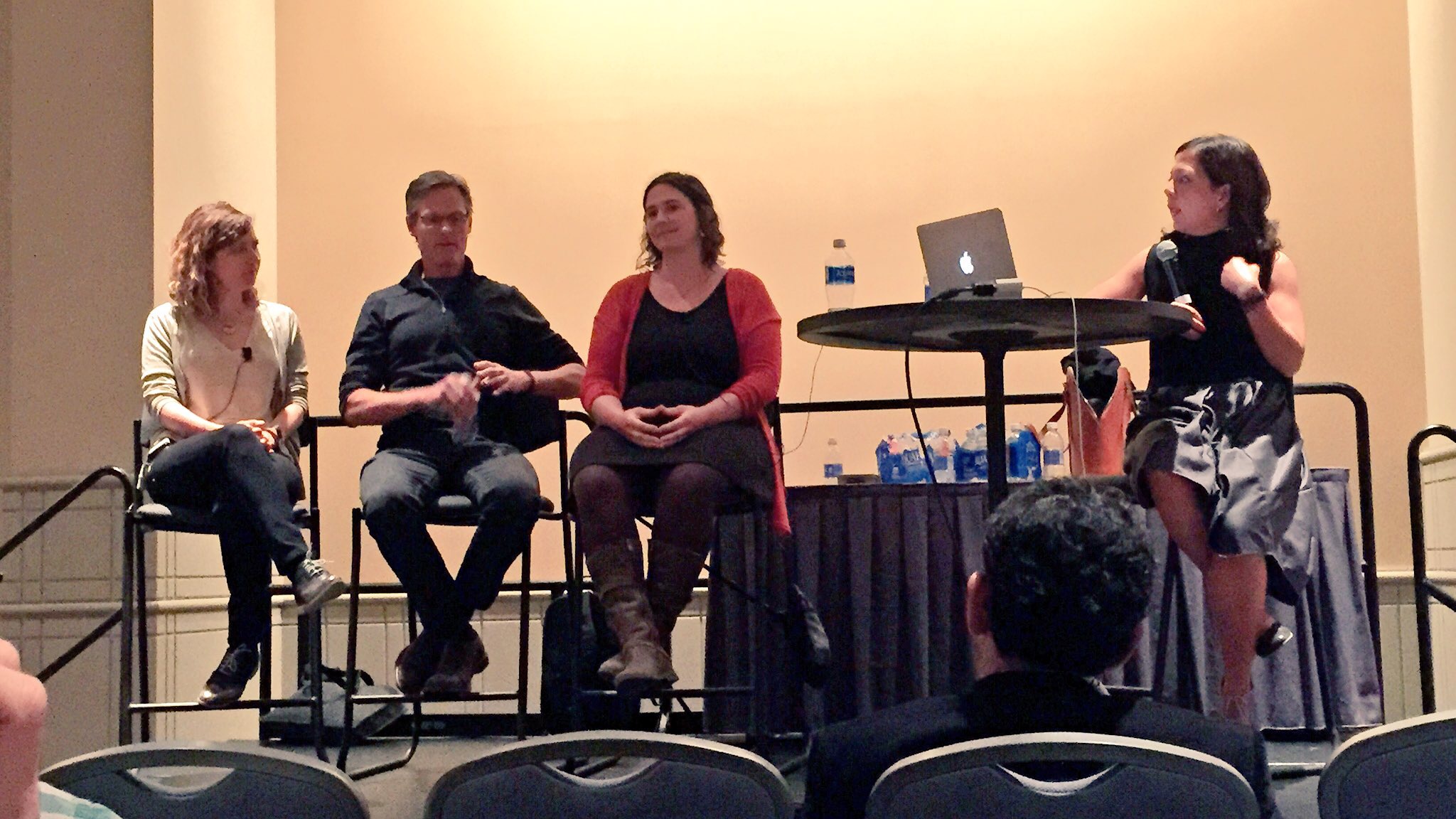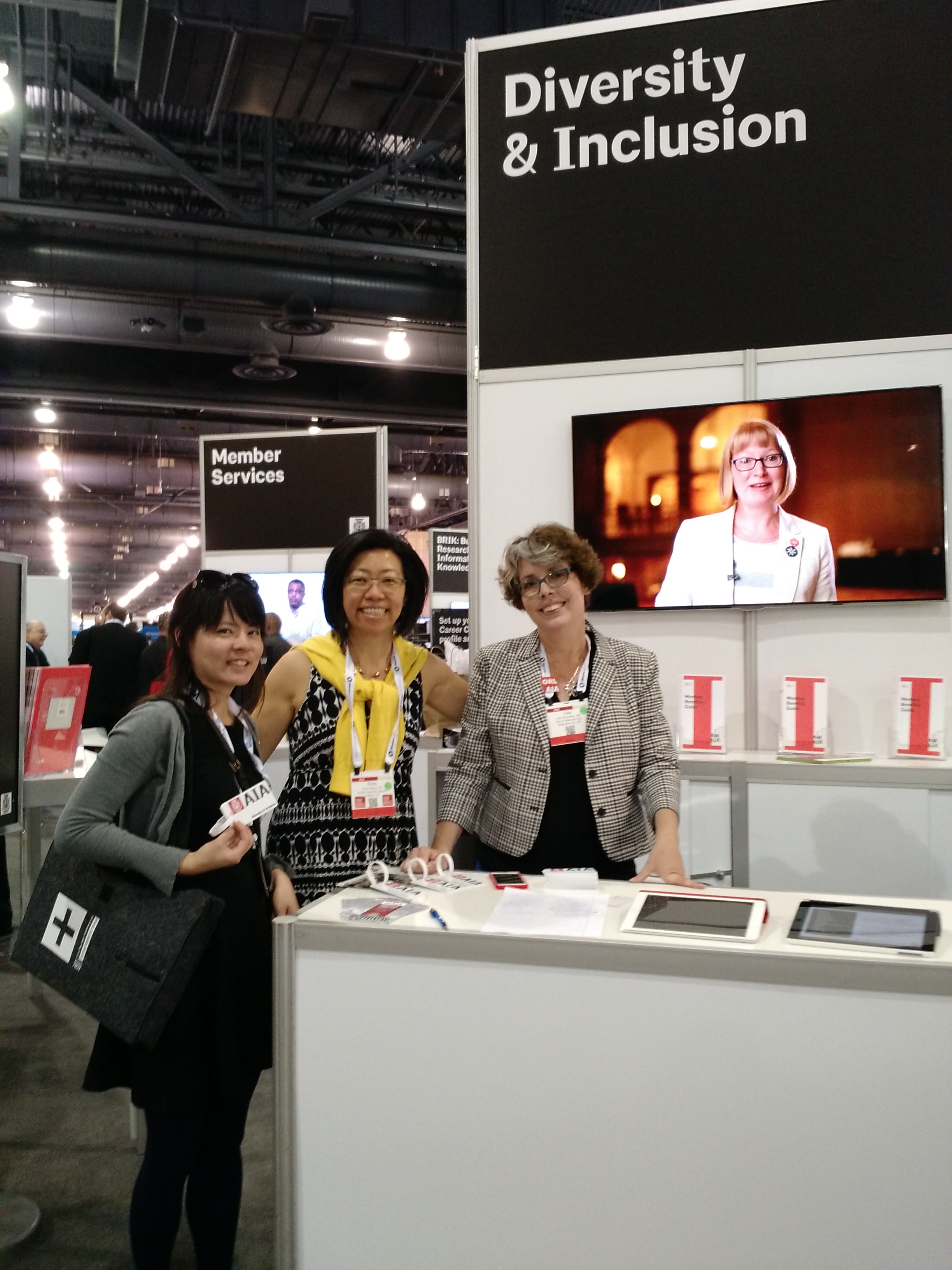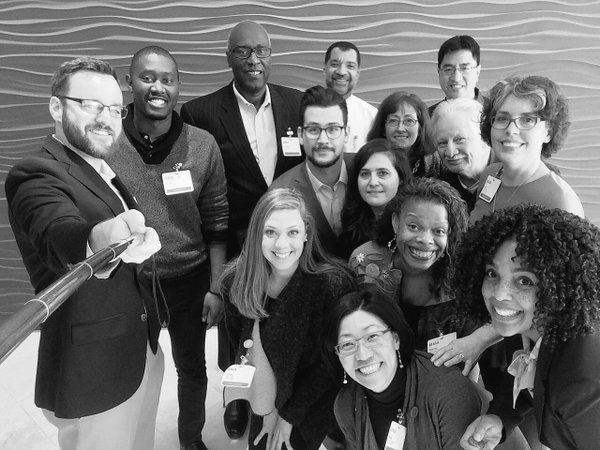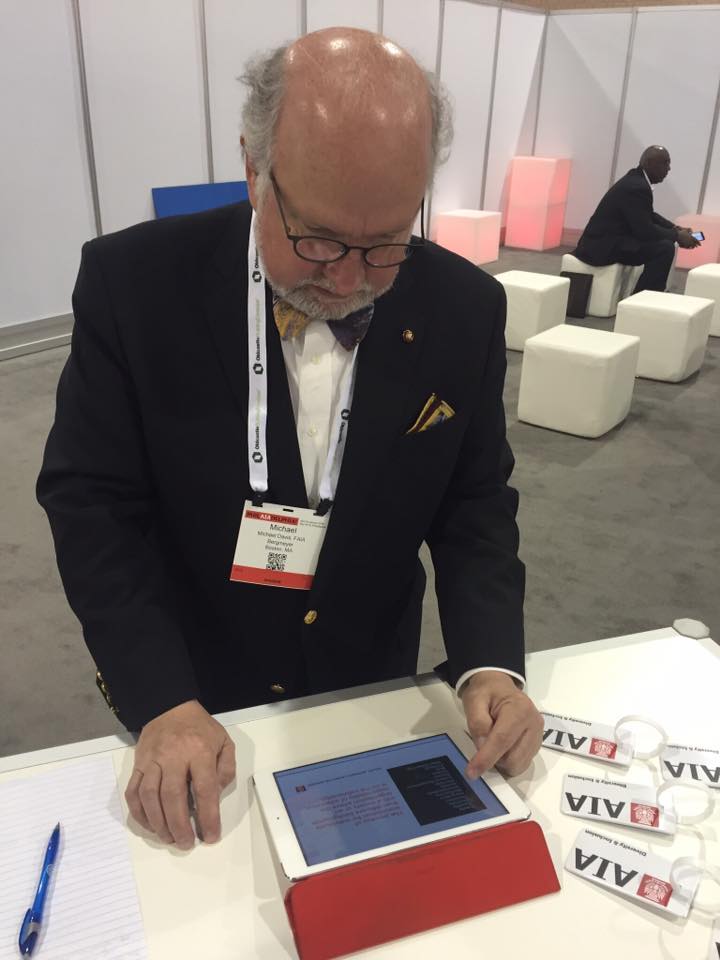by Rosa T. Sheng, AIA, LEED AP BD+C
This year's AIA National Convention in Philadelphia was memorable in so many ways and inspired us to IMAGINE the future of Architecture with new energy, new ways of approaching challenges and taking action to improve our profession. Philadelphia holds a dear place in my heart; my first city after graduating from Architecture School, my first job, first apartment, and the place I developed my voice and professional identity. And last year, I was fortunate to participate in TEDxPhiladelphia "And Justice for All" in 2015, where I shared my TEDx talk "Why Equity in Architecture Matters" to an audience of 1200 about the value of architecture in our daily lives.
PhilAIAdelphia Ninja Warriors - "Architect Style"
Not sure if everyone had a full convention itinerary, but given the amount of choices provided for convention programs, tours, expo floor activities and related networking events, the whole week felt like the architect's version of American Ninja Warriors. While I was really excited that Philadelphia is such a walkable city with the Convention Center located in the heart of a thriving urban center, (which meant less time commute time between convention activities, hotel, tours and networking events) getting to the right place at the right time required both mental focus and physical stamina. In some cases there was added complexity of events overlapping or completely being double booked. In the course of week, I am sure that I (and many of you) clocked more than 10,000 steps. But even with the busy hectic pace (as in life), sometimes you have to remember to slow down, stop and take a look around. Some of the most memorable moments at convention occurred during those intentional pauses.
Innovators, Disrupters & Risk Takers
Julia Louis Dreyfus, Neri Oxman and Rem Koolhaas resulted in a trifecta of Keynotes about Innovators, Disrupters, and Risk Takers. While one could say that Julia Louis Dreyfus interview with Terry Gross had nothing to do with Architecture, there were compelling life lessons in her stories about career progression that struck a chord about having conviction to drive a meaningful career by taking risks and finding your own voice. Neri Oxman's talk on how "Biology Is Key To Unlocking The Future Of Design" was captivating. There was a lot of positive feedback from attendees that had mentioned their brains had been "stretched, twisted and stretched some more." And finally Rem Koolhaas' conversation with Mohsen Mostafavi on how "Architecture has a serious problem today in that people who are not alike don't communicate." Rem continued is role as provocateur in postulating that Architecture's greatest value in the future may not even be architecture given the rapid disruption of technology and advancements in fabrication and Silicon Valley's influence on business.
Innovating Architecture starts with the Perfect Pitch
In line with the keynote speakers' spirit of innovation, disruption and risk taking, EQxD hosted the 2nd Hackathon pre-convention workshop following its debut last year in Atlanta. Channeling the spirit and tech mindset of "hacking" from Silicon Valley WE315 EQxDHackathon - Architecture And the Era of Connections asked the participants to leverage design thinking skills to define a challenge in architecture practice and propose a solution. In the next 2 weeks, we will be featuring our post-hack blog series with contributions from our panelists, our jurors and each of teams "elevator pitch" of their business plans. You can get a sense of the event from the "Storify" recap so you can view the top tweets from the event. Wanda Lau of ARCHITECT Magazine also provides a great summary of the event. Notably, we had TEDxPhiladelphia Alumni and Tech Entrepreneurs lead an invigorating panel discussion on the the experience of taking risks in forging new paths.
Equitable Practice Seminars - Curated Collection
Based on a discussion at AIA Women's Leadership Summit in Seattle regarding the general lack of AIA Convention seminars on equitable practice and low representation women and people of color on panels, we had encouraged groups around the nation to submit seminars for consideration. Out of 11 proposals, 7 were selected and many of them had high attendee counts between 100 to 200.
- EQxD Hackathon : Architecture And...The Era of Connections
- EQxD What's Flex Got to Do with Success
- EQxD Negotiation is your Power Tool
- Establishing the Business Case for Women in architecture
- Moving the Needle: Achieving Equity starts with Architecture Schools
- Attract, Engage, Retain, Promote: Recommendations for Equitable Practices in Architecture
- Future Firm Culture: Defining a Path to Success
Equity Jeopardy: Learn the Lexicon
The AIA National Diversity and Inclusion Council launched a new initiative to spread awareness about equitable practice issues in architecture with a game that plays similar to Jeopardy, the TV trivia game show. The game is meant to be a fun way to start the conversation about equity, diversity, inclusion in the workplace while also giving colleagues an opportunity to understand that the words we use may have different meanings to others depending on their background. The game was introduced at the Town Hall convention booth with visitors of all walks interested in getting a copy to share. The council will further develop the game based on feedback and provide a distributable version in the near future.
Learning from Robert Venturi & Denise Scott Brown -AIA 2016 Gold Medal Recipients
And finally, we were witnesses to the most auspicious occasion of the convention - the celebration of dynamic duo Robert & Denise for their lifetime contributions to the Institute, Architecture and Urban Planning. They were also the first pair to receive recognition of the true collaborative spirit of the profession; which has been long perceived and awarded as an individual's lone achievement of creative expression and execution in the built environment. Personally, I can't help but think of Denise as the embodiment of Melinda Mae from the Shel Silverstein poem who ate her whale! Well there is certainly more than enough whale to go around, so let's all commit to grabbing our forks and getting others to come to the table so it doesn't take another 89 years to attain our goals.
































